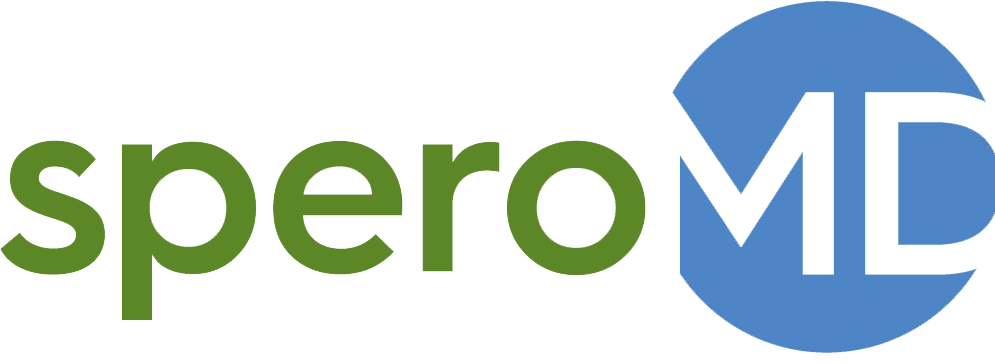CMS Releases Another Surprise-Billing Rule
On Thursday, Sept. 30, the Office of Personnel Management and the Departments of Health and Human Services, Labor, and Treasury, released the second regulation implementing provisions of the No Surprises Act. On Dec. 27, 2020, the No Surprises Act was signed into law with the goal of protecting patients from receiving surprise medical bills.
Practices, facilities, and clinicians must furnish a good faith estimate of expected charges to uninsured or self-pay patients. The estimate must include expected charges for all items or services "reasonably expected" to be provided, including services that may be provided at another facility or a different provider.
While the No Surprises Act goes into effect on January 1, 2022, HHS said it will exercise its enforcement discretion as it "understands that it may take time for providers and facilities to develop systems and processes for providing and receiving the required information from others."
For individuals with private health coverage, payment rates for balance billing from out-of-network clinicians or facilities will be capped. According to the CMS press release, “This capped rate is determined by referring to a state payment agreement, state law, or the qualifying payment amount. The qualifying payment amount is generally the average in-network rate for the same or similar items or services for the health plan.”
Importantly, the law specifies that clinicians or facilities “shall not bill, and shall not hold patients liable” for an amount that is more than the in-network cost sharing amount for such services. The “shall not bill” language did not appear in earlier bill versions, and essentially puts the burden on out-of-network clinicians and facilities to determine a patient’s insurance status and the applicable in-network cost sharing for the surprise medical bill.
Health plans also have some new responsibilities under the new Act. Namely, they must establish a verification process to update directory information at least every 90 days. They also must respond within 1 business day to requests from individuals about whether a clinician or facility is in-network. This information becomes binding. Patients who rely on incorrect information conveyed by plans or posted in directories are entitled to have services covered with in-network cost sharing applied. On the flip side, clinicians and facilities are obligated to provide demographic updates to health plans when directory information changes.
There’s at least one more interim final rule expected, that will outline a dispute resolution process.
More details are available at the CMS fact sheet about this release.
